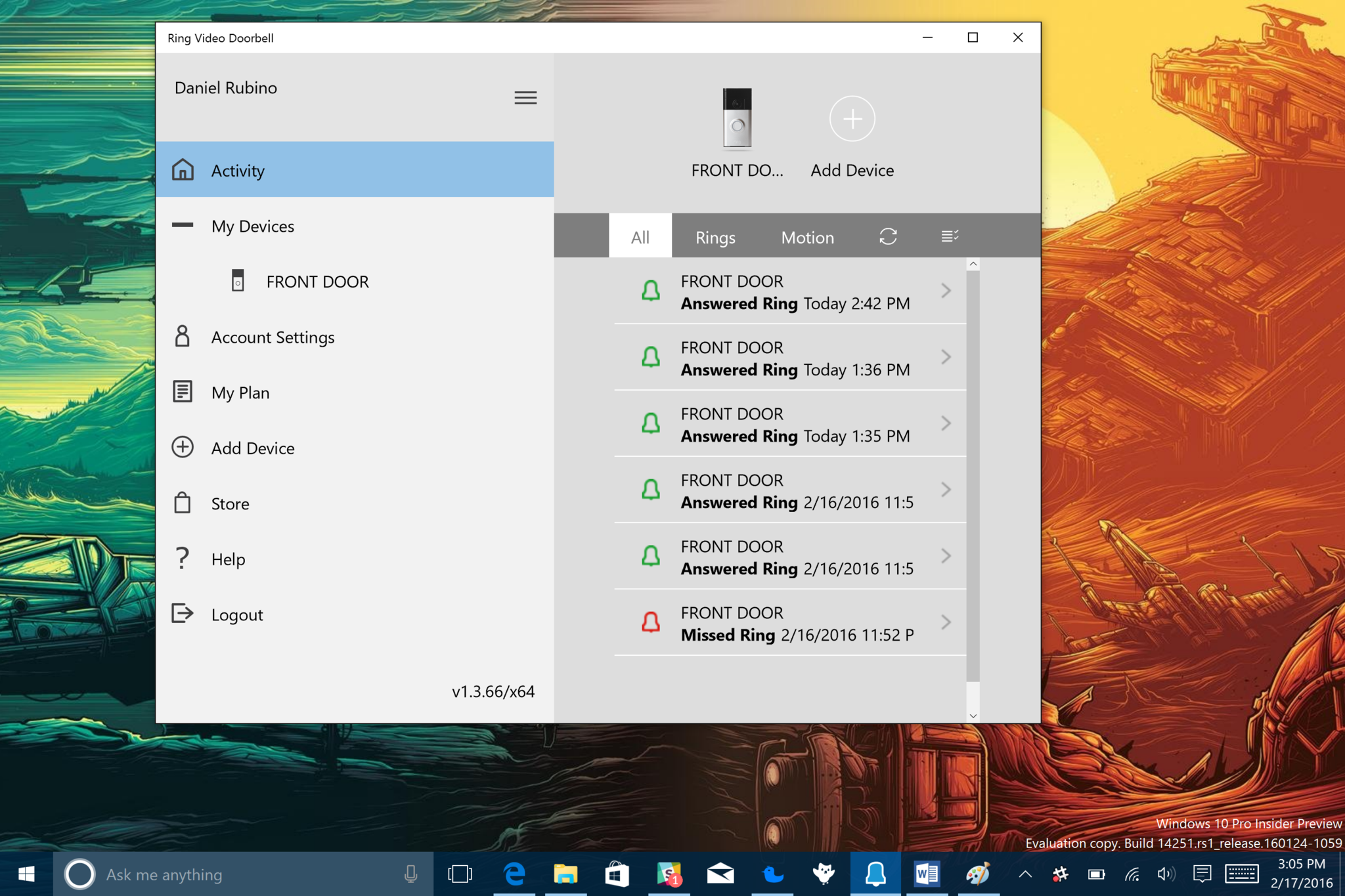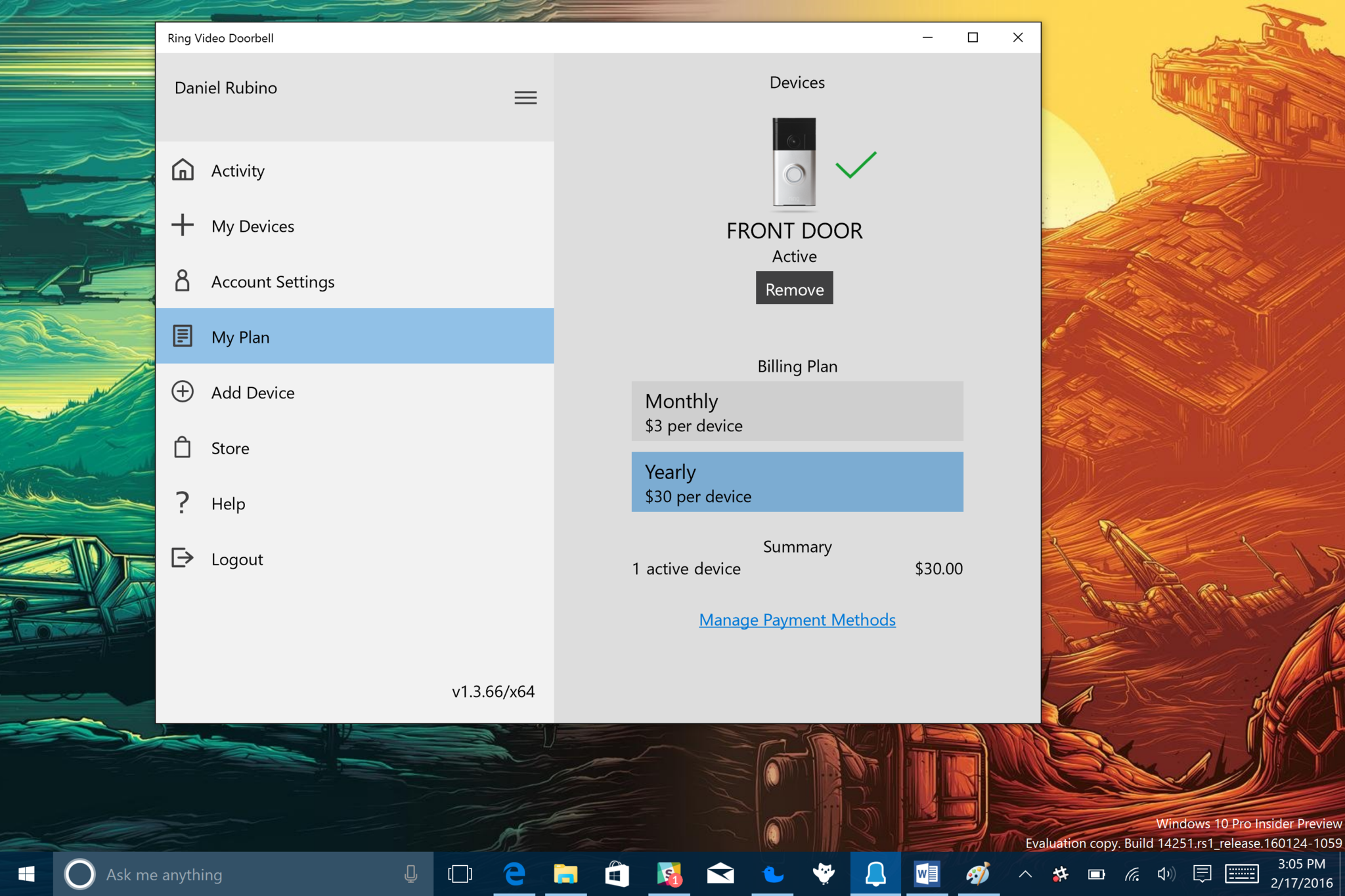Windows 10 Gems: Make your door smart with Ring

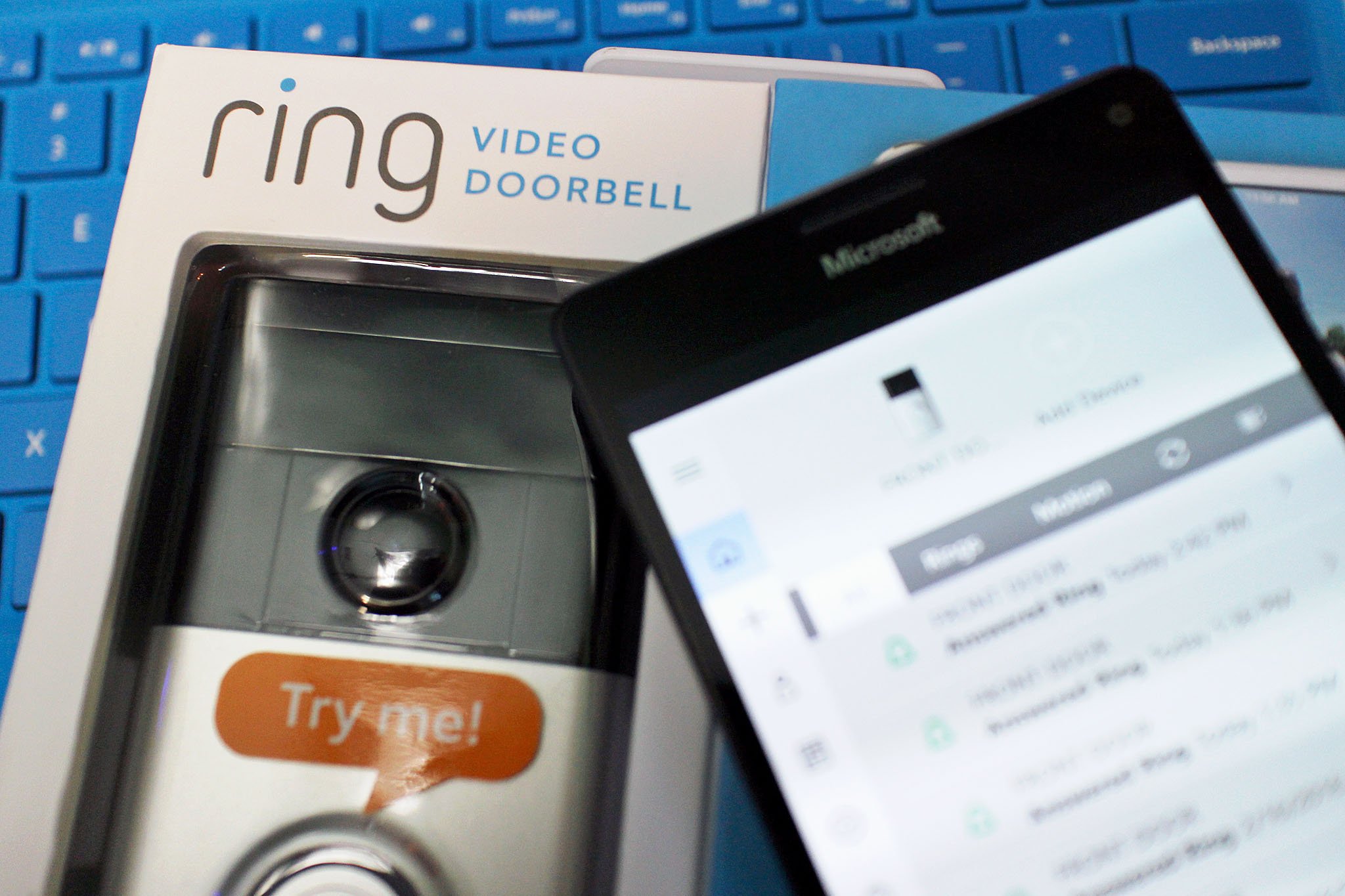
#Windows10DoesMore
With these Windows 10 Gem apps
With support from Microsoft
-
- Duolingo
- Yummly
- PicPlayPost
- Ring
- Sphero BB-8
- Two Dots
- Yoga Studio
- AMC TV
- Nexia
- Garmin Connect
- 1-800-Flowers
- Flipagram
-
Ring Video Doorbell
Ring Video Doorbell is one of the many new connected devices we have in 2016. The idea is simple: take a doorbell, add a video camera with microphone and throw in some Wi-Fi. The result is a device that can be mounted anywhere and used by anyone in your family on any connected device, including Windows 10 and Windows 10 Mobile.

Because of its usefulness and it availability for Windows 10 (and Windows 10 Mobile in early preview), Ring is our latest featured Gem. Let's find out why you will want to have this simple tool to protect your home and family.
What it is and what you get

Ring is at its core a video doorbell. Someone rings it, and it buzzes your smartphone, PC, or any smart connected device running Windows 10, Windows 10 Mobile and other competing platforms. You can then view who is at your door and even initiate a conversation with them.
While that may sound impressive in and of itself, it may have limited appeal. Luckily, Ring can also double as a motion-detecting security camera for your home.
All the latest news, reviews, and guides for Windows and Xbox diehards.
Running for $199, the Ring Video Doorbell is an all-in-one package that includes the video-cam doorbell and the tools you'll need to mount it (drill bits, level, screws and screwdriver). It's smart and super easy to set up as the company has also made some excellent high-quality videos to walk you through the process.
There is an optional cloud recording service that runs for $3 per month or $30 per year, which is relatively cheap when compared to something like Dropcam. That service lets you save and share Ring alerts and detected motion with others.
How it works
Ring mounts to the base plate via some screws at the bottom, and the whole unit can be either screwed in or attached without screws. In theory, someone could take a screwdriver and remove half of the device from your house, but of course, they'd also be caught on video the whole time. It'd be akin to stealing a security camera.
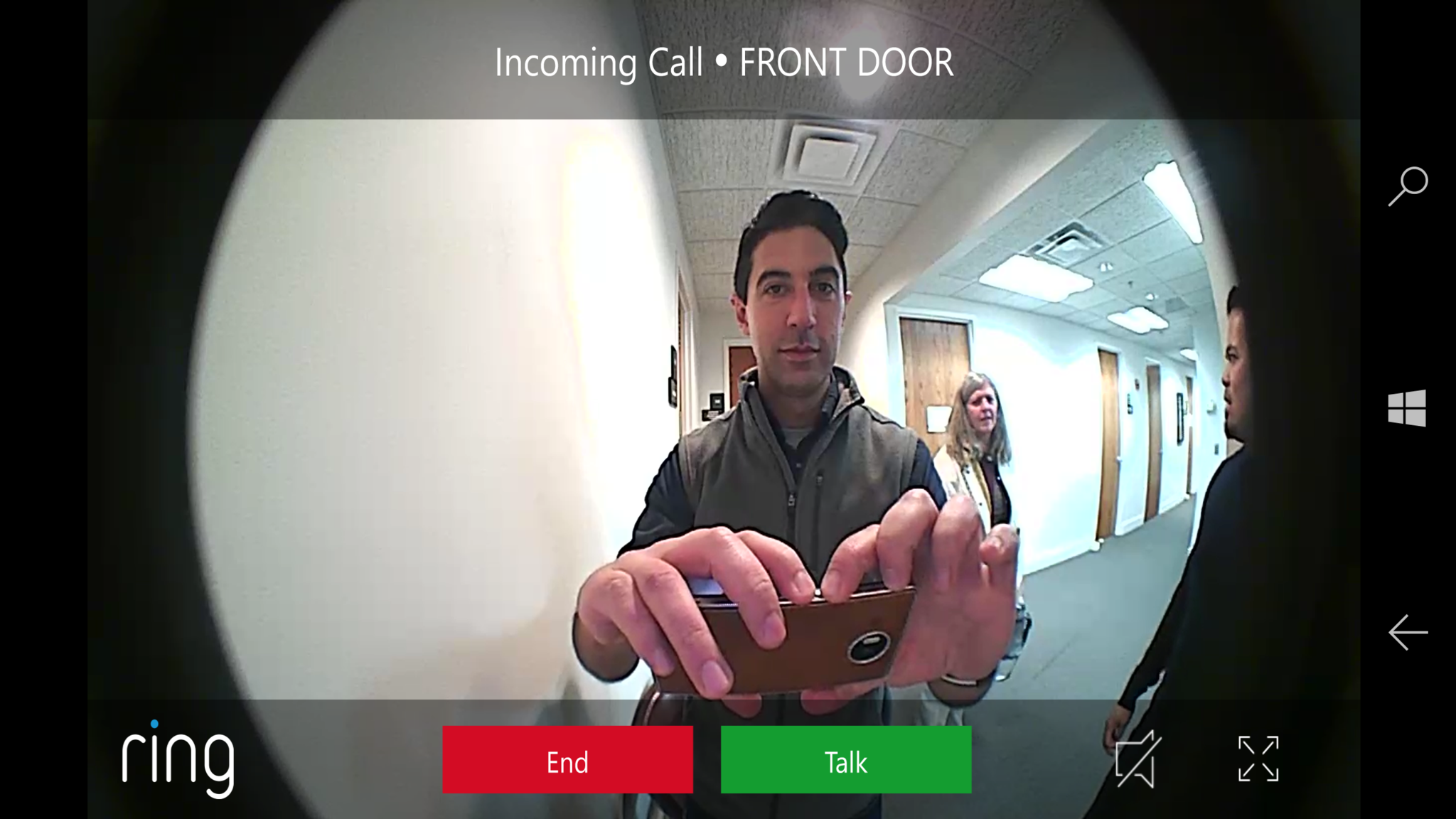
Ring has an internal battery that is recharged over Micro-USB, hence why you will want to be able to remove it on occasion. Optionally, you can hard-wire Ring into your existing doorbell wiring and it will trickle charge, or you can just mount it as is and use the built-in battery. The battery reportedly lasts up to one year, but of course, that depends on how often it gets used to record. Regardless, you will not have to recharge the unit every week or month, which is what matters if you want a low-maintenance system.
The built-in camera records at an admirable 720p and has an impressive 180-degree view. It can even record at night, making it a highly versatile system. Ring also has a built-in speaker and microphone allowing two-way conversation with the person pressing the button. Once pressed that button has a spinning blue LED, which tells you the connection is being initiated. After it connects the ring lights a steady blue.
Setting it up with Windows 10
To use Ring with Windows 10 or Windows 10 Mobile you just hit a small sync button the back of the doorbell and the app walks you through the steps. You set up a free Ring account with your email and password. The setup uses the typical Wi-Fi handoff process where your phone or PC connects directly to the Ring's built-in Wi-Fi, you provide the box with your home network's Wi-Fi password, and then disconnect. From there, Ring will be on your wireless network and ready to go.
Our setup success varied. We had no issue setting it up on our Surface Pro 4 but did have a minor hiccup when using the Dell XPS 15. Likewise, with our Lumia 950 XL we could get Ring to connect to the device, but we had some problems getting to the next step. Luckily, you only need to setup Ring once using any smartphone or PC. While the Ring app is currently available for Windows 10 Mobile, the company considers it an early preview. They're still tidying up some of the connectivity issues, hence our roadblocks in getting Ring set up through our phone. However, once Ring is up and running, the Windows 10 Mobile app works with full notifications and no issues.
Once you've set up a master account on Ring you can then invite others to view and answer rings or motion alerts. Such users cannot, however, modify settings or delete events.
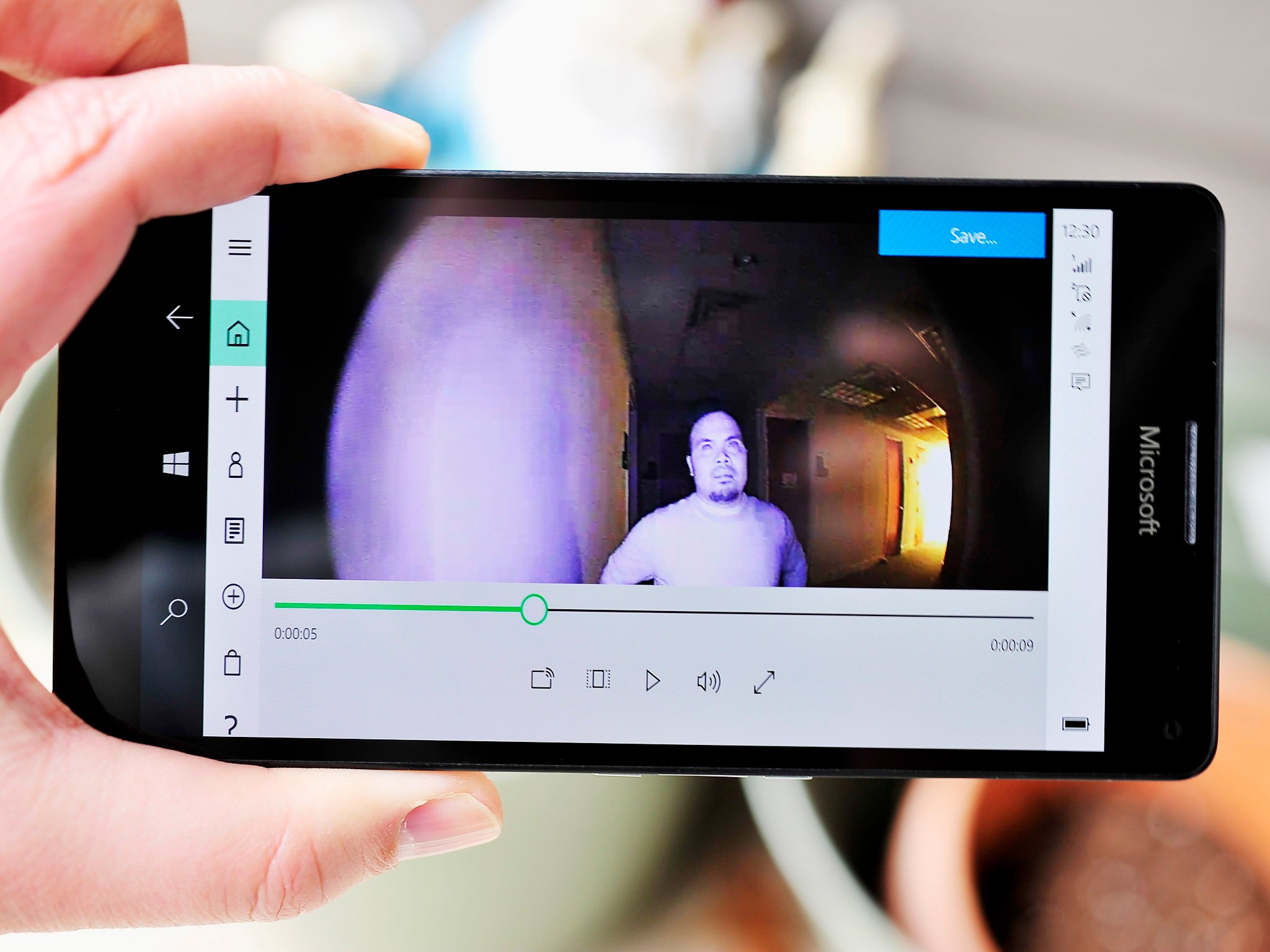
Ring ring
Tell us on Twitter how you would use a Ring Video Doorbell, and include the hashtag #Windows10DoesMore!
Tweet how you'd use a Ring Video Doorbell #Windows10DoesMore
Ring in action
Once everything is enabled, and your doorbell is installed, there's nothing left to do but wait for somebody to land at your door. When that somebody rings the bell, they will hear an audible chime. PCs and phones with Ring installed will get a notification, which when opened brings them to a live video feed from the Ring camera. From there, they can hit the 'talk' button to initiate a conversation with the guest if they choose. The event is recorded and saved for later viewing through the app. Users can also download and save the video.
When rung, Ring will send you a notification to check out the live video from your door.
Other options include motion detection with distance range settings. This feature sends you an alert and turns on the camera when presence is detected, which makes it an ideal security camera for your home. Luckily, you can turn the notifications off for this feature, but it will still record and maintain a record within the app.
Finally, if you have a large house, you can buy additional "Chimes" — $29 remote speakers that make the doorbell audible when you are away from your Windows Phone or PC.
A ringing endorsement
The Windows 10 apps for Ring are well thought out, simple to use and reliable. Each time we tested the app it worked well and alerted us when it was supposed to do so. The night-time vision is a bonus and hardware installation only took about 10 minutes.
Ring is a smart use of modern technology, and it also serves as a safety measure for your home and family.
Latency time between the doorbell ring and notification was not bad at all, with a max delay of 5 seconds, but more often than not it was more around 2 seconds, making it mostly a non-issue. Of course, connectivity status of your device will affect the performance, as will the location of the doorbell relative to your wireless router.
Not only is Ring a rather smart use of modern technology, it also serves as a safety measure for your home and family. If you suspect someone is going on your property, vandalizing, or maybe you just live in a bad area, Ring can offer you some peace of mind. Additionally, Ring is just useful if you cannot get to your door, or are away from home. You can now make sure the delivery person drops off the package or see when friends of your child come over.
Overall, Ring is a great addition to your home or office and it now works great with Windows 10 too.
Day 4 Sweepstakes:Win a Ring Video Doorbell!
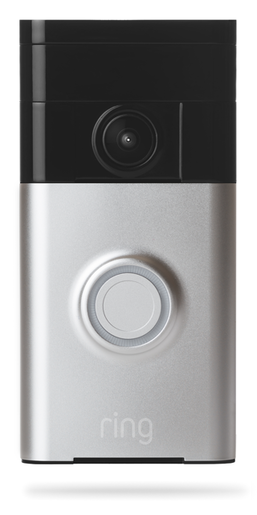
How to Enter: Log into Windows Central and leave a comment on this post letting us know why you need a Ring Video Doorbell in your life. At the end of your comment you must also indicate you are posting as an entry into the sweepstakes, or use #sweepstakes.
Full rules and regulations can be found here, but please note that due to sponsor restrictions, the sweepstakes is only open to Windows Central readers in the US and Canada.
The sweepstakes is open until March 31st, and winners will be announced on the blog shortly after the close date.
The Prize: One super lucky Windows Central reader will take home a Ring Video Doorbell!

Follow Daniel for even more #Windows10DoesMore
Twitter: @Daniel_Rubino
Instagram: daniel_rubino

Daniel Rubino is the Editor-in-chief of Windows Central. He is also the head reviewer, podcast co-host, and analyst. He has been covering Microsoft since 2007 when this site was called WMExperts (and later Windows Phone Central). His interests include Windows, laptops, next-gen computing, and wearable tech. He has reviewed laptops for over 10 years and is particularly fond of 2-in-1 convertibles, Arm64 processors, new form factors, and thin-and-light PCs. Before all this tech stuff, he worked on a Ph.D. in linguistics, performed polysomnographs in NYC, and was a motion-picture operator for 17 years.

